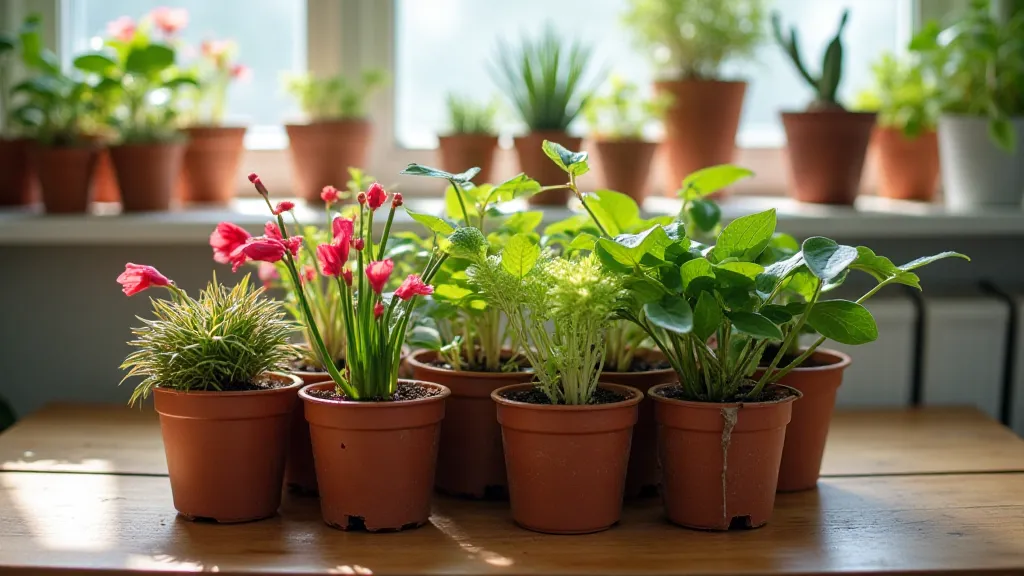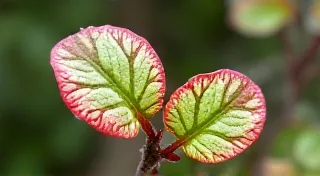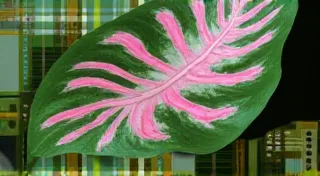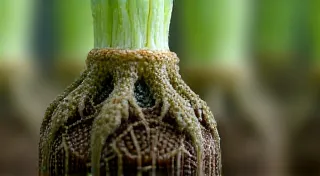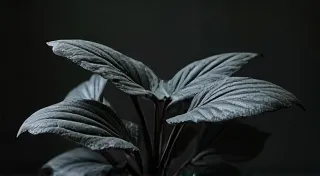Begonia Maculata 'Red Moon': Care and Propagation Tips
The Begonia Maculata 'Red Moon' is a truly striking addition to any houseplant collection. Revered for its uniquely patterned foliage featuring vibrant red undersides – hence the “Red Moon” designation – this beauty demands a little extra attention to thrive. This guide will cover the essential care tips and propagation techniques to help your 'Red Moon' Begonia flourish.
Understanding the Begonia Maculata 'Red Moon'
The ‘Red Moon’ is a cultivar of the Begonia Maculata, originally discovered in the Brazilian rainforest. Its striking foliage and manageable size make it popular among plant enthusiasts seeking something beyond the typical houseplants. While generally adaptable, understanding its specific needs will reward you with a healthy and visually stunning plant. Successfully nurturing rare houseplants often requires learning about their particular sensitivities, much like understanding the nuances of repotting rare houseplants to ensure healthy root development.
Care Requirements
Light
‘Red Moon’ Begonias prefer bright, indirect light. Direct sunlight can scorch the leaves, especially the red undersides. An east-facing window is often ideal. If you have a south or west-facing window, filter the light with a sheer curtain. Insufficient light will result in stunted growth and faded coloration. The right lighting is paramount; and if you're dealing with infestations, ensuring the lighting is appropriate helps in overall plant health.
Watering
Water when the top inch of soil feels dry to the touch. These begonias are susceptible to root rot, so it's crucial to avoid overwatering. Ensure the pot has excellent drainage. During the winter months, reduce watering frequency as the plant's growth slows down. Consistent watering practices are key, but so is recognizing and addressing potential pest issues that can stress the plant, like those caused by spider mites. Early detection and treatment are vital.
Humidity
‘Red Moon’ Begonias thrive in high humidity environments. Aim for a humidity level between 60-80%. You can increase humidity by using a humidifier, grouping plants together, or placing the pot on a pebble tray filled with water. Misting occasionally can provide temporary humidity boosts, but avoid excessive misting as it can lead to fungal issues. Maintaining humidity is a constant consideration for many indoor plants.
Soil
A well-draining, airy potting mix is essential. A blend of peat moss, perlite, and orchid bark is often recommended. This combination provides good drainage and aeration, preventing root rot. The right soil mix helps ensure adequate drainage and prevents issues like root rot.
Temperature
Maintain a temperature between 65-75°F (18-24°C). Avoid placing the plant near drafts or sudden temperature changes. Sudden changes can stress the plant, potentially attracting unwanted pests.
Fertilizing
Feed your ‘Red Moon’ Begonia with a balanced liquid fertilizer diluted to half strength during the growing season (spring and summer). Reduce or withhold fertilizer during the fall and winter months. Remember that strong, healthy plants are naturally more resistant to pests, so consistent feeding contributes to overall vitality.
Propagation Techniques
Propagating ‘Red Moon’ Begonias can be done through stem cuttings. Here’s how:
Stem Cuttings
- Select a Healthy Stem: Choose a stem that is flexible and free of pests or diseases.
- Take the Cutting: Using clean, sharp scissors or pruning shears, cut a stem segment approximately 4-6 inches long.
- Remove Lower Leaves: Remove the leaves from the bottom 2 inches of the cutting.
- Rooting Hormone (Optional): Dip the cut end of the stem in rooting hormone powder. This encourages root development, but isn't strictly necessary.
- Planting Medium: Place the cutting in a small pot filled with a well-draining rooting medium, such as peat moss and perlite.
- Humidity: Cover the pot with a clear plastic bag or humidity dome to create a humid environment.
- Light: Place the pot in a location with bright, indirect light.
- Moisture: Keep the rooting medium consistently moist, but not soggy.
- Root Development: Roots should develop within 4-8 weeks.
- Potting Up: Once the cutting has developed a strong root system, it can be carefully potted into a larger container with well-draining potting mix.
Creating the right environment for rooting cuttings can be tricky, and sometimes infestations can hinder the process. Being proactive against pests like thrips, which can damage young plants, is crucial for successful propagation.
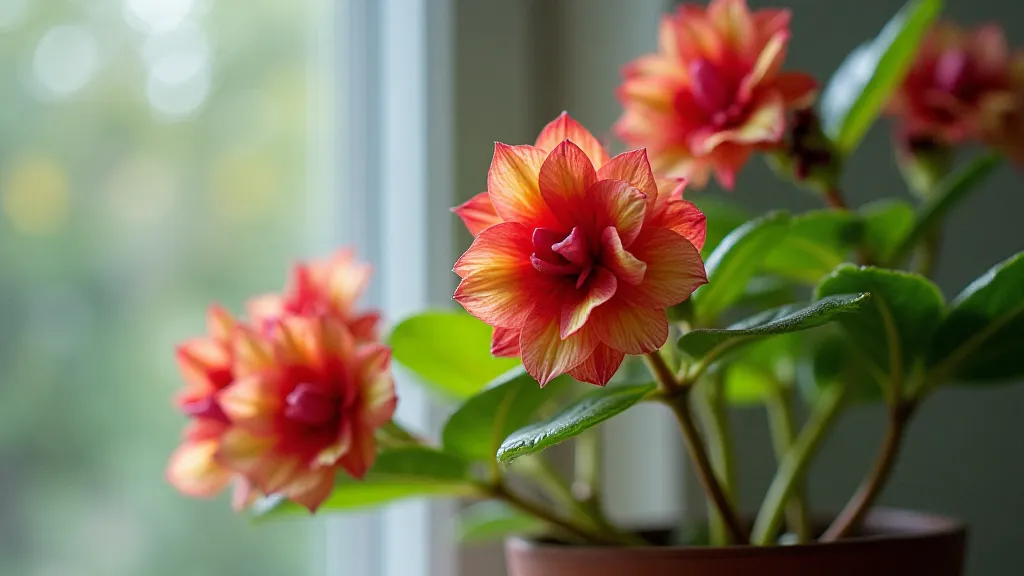
Common Pests and Problems
‘Red Moon’ Begonias are generally resilient, but can be susceptible to common houseplant pests like spider mites, mealybugs, and aphids. Regularly inspect your plant for signs of infestation. Treat infestations promptly with insecticidal soap or neem oil. Sometimes, seemingly unrelated issues, like nutrient deficiencies, can leave a plant vulnerable to pest attacks. Maintaining overall health is a preventative measure.
Root rot is a significant concern due to the plant's sensitivity to overwatering. Always allow the soil to dry out between waterings and ensure the pot has excellent drainage. Leaf drop can be caused by a number of factors, including inconsistent watering, low humidity, or temperature fluctuations. It’s important to note that the surrounding ecosystem of your plant can impact its health; even something like pests on nearby plants can indirectly affect your 'Red Moon' Begonia.
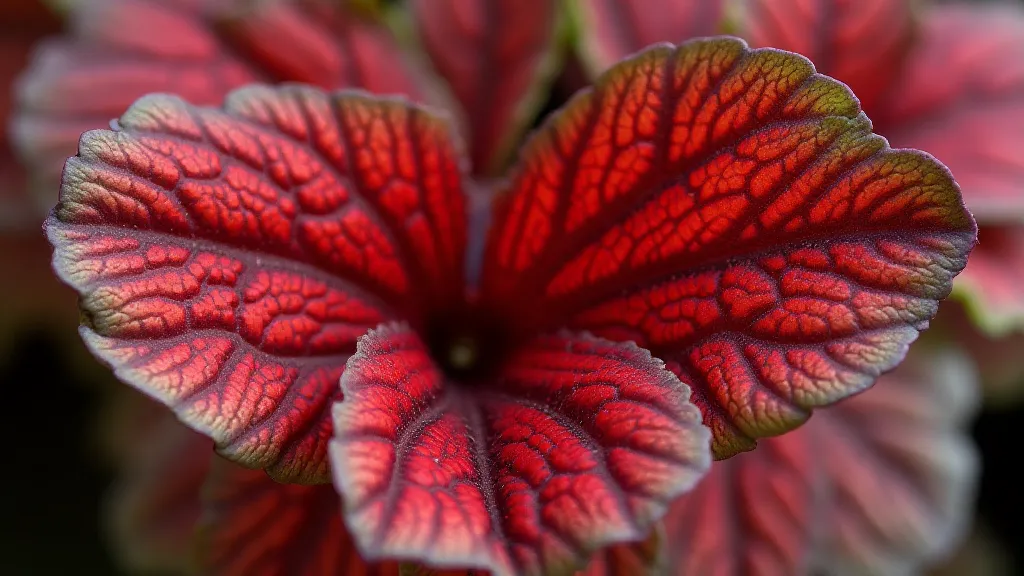
Advanced Care Tips & Troubleshooting
Beyond the basics, successful 'Red Moon' Begonia cultivation often requires a deeper understanding of their needs. Recognizing subtle signs of stress is key to preventative care. For example, a slight yellowing of the leaves could indicate overwatering, while stunted growth could be a sign of nutrient deficiency. The environment they thrive in mimics their natural habitat, so understanding those conditions is incredibly useful.
If your plant starts exhibiting signs of stress, carefully assess all aspects of its care routine. Are you watering too much or too little? Is the humidity level adequate? Is the plant receiving enough light? Sometimes, it can be beneficial to repot your plant into a slightly larger container with fresh soil to give its roots more room to grow. This is especially useful if you suspect rootbound conditions are hindering growth.
Remember that plants are living organisms, and they communicate their needs through subtle cues. By paying attention to these cues and adjusting your care routine accordingly, you can ensure your 'Red Moon' Begonia thrives for years to come. Like many unique plants, careful observation and a willingness to experiment are essential for success.
Final Thoughts
The Begonia Maculata ‘Red Moon’ is a rewarding addition to any houseplant collection. With the right care and attention, you can enjoy its striking beauty for years to come. Don’t be intimidated by its reputation for being a bit particular; with consistent care and observation, you’ll be well on your way to successfully cultivating this rare and beautiful plant. And if you’re looking to expand your collection of unique palms to complement your 'Red Moon' Begonia, consider exploring the fascinating world of rare palm varieties.
